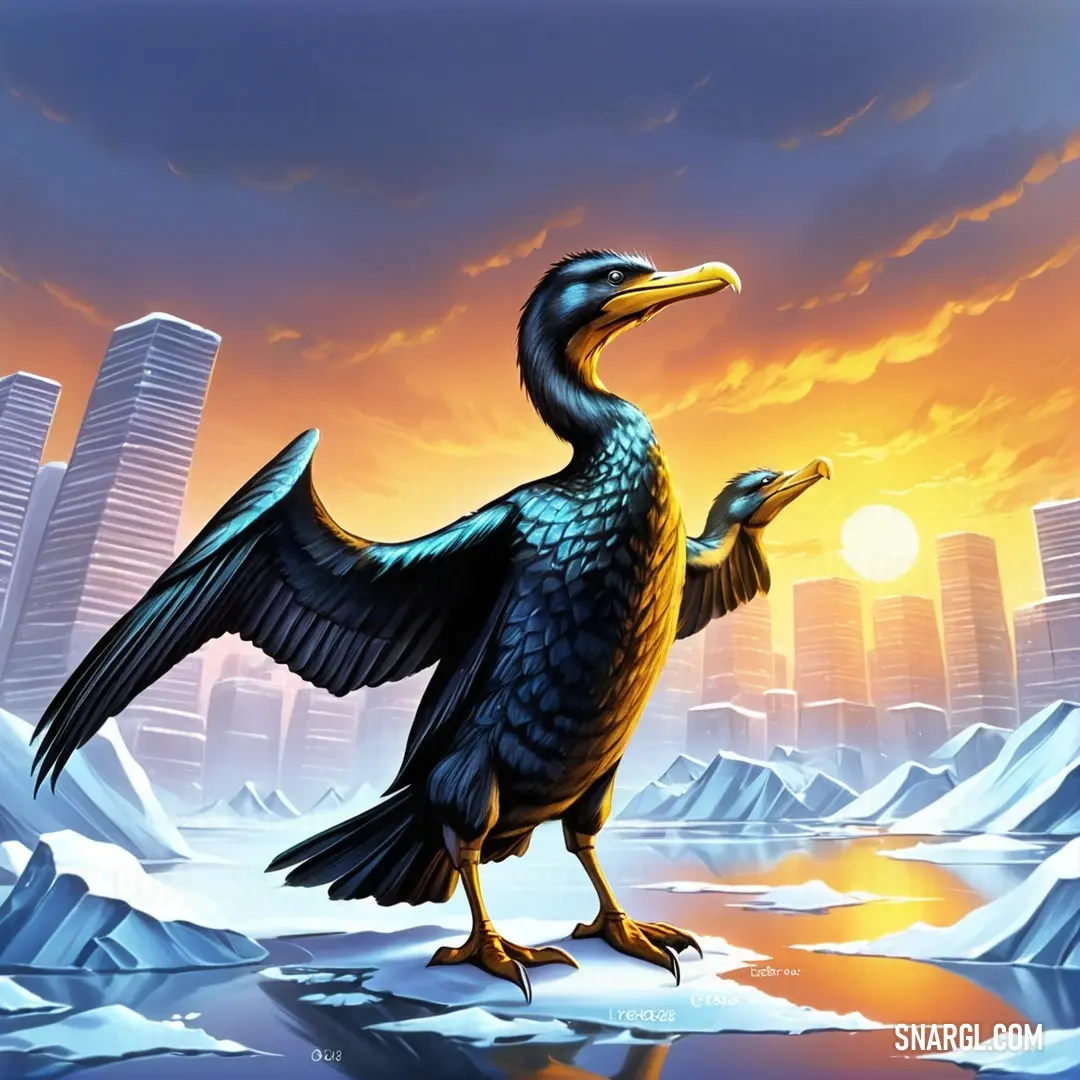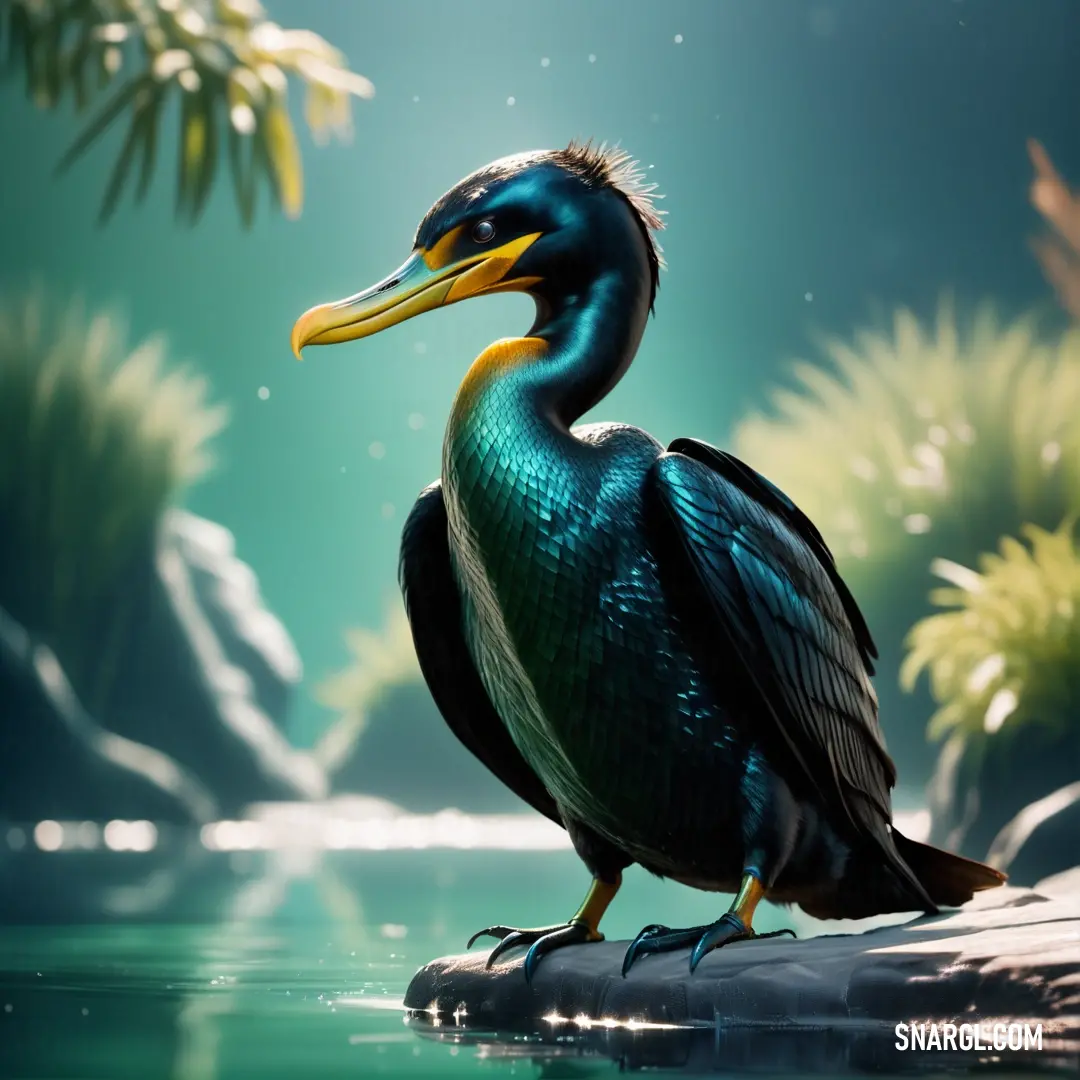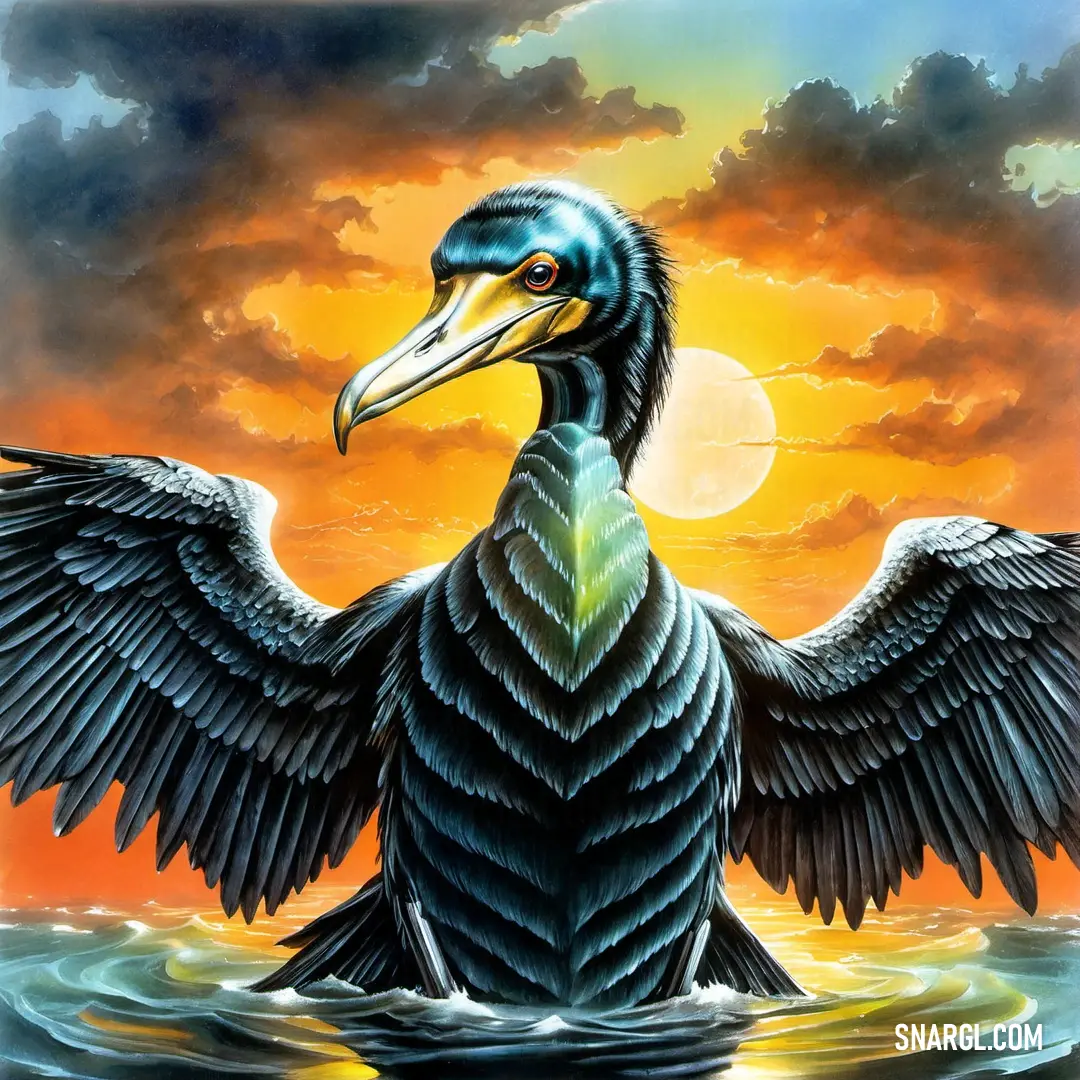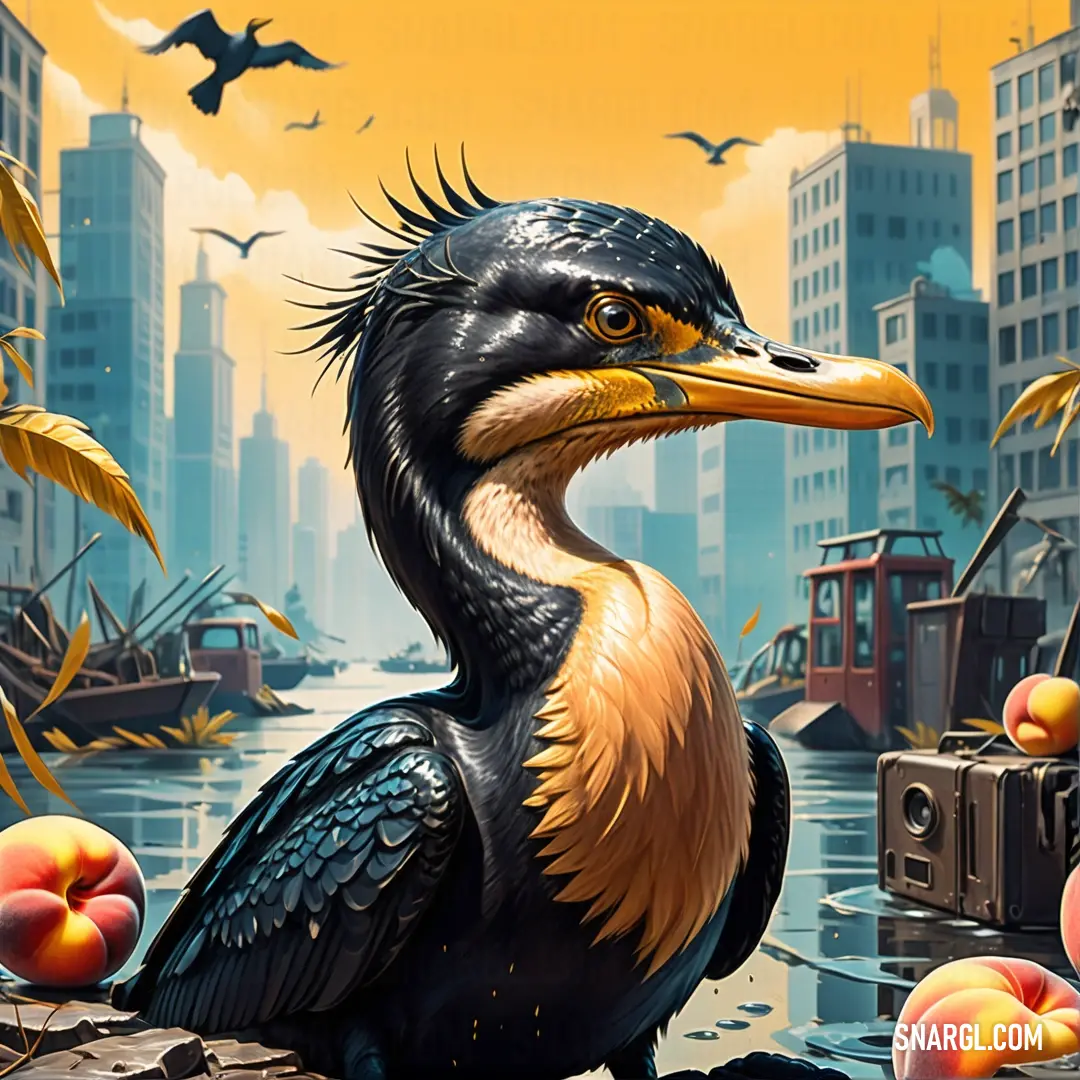Long time ago, in the picturesque town of Luminara, nestled between emerald hills and sparkling lakes, lived an esteemed animal breeder named Atlas. Atlas was known for his exceptional skill with animals and his keen sense of adventure. His closest companion was Murphy, a harmonious Cormorant whose sleek black feathers and graceful movements made him the most admired bird in town.
One evening, as the sun set and painted the sky in hues of pink and gold, Atlas and Murphy received a mysterious letter adorned with intricate symbols and shimmering ink. The letter spoke of a supernatural event - a hidden, enchanted bird swing that had vanished from the town's annual fair many moons ago. According to the letter, this swing was no ordinary contraption; it was said to be imbued with magical properties, capable of bestowing unparalleled joy and harmony upon any bird that perched upon it.
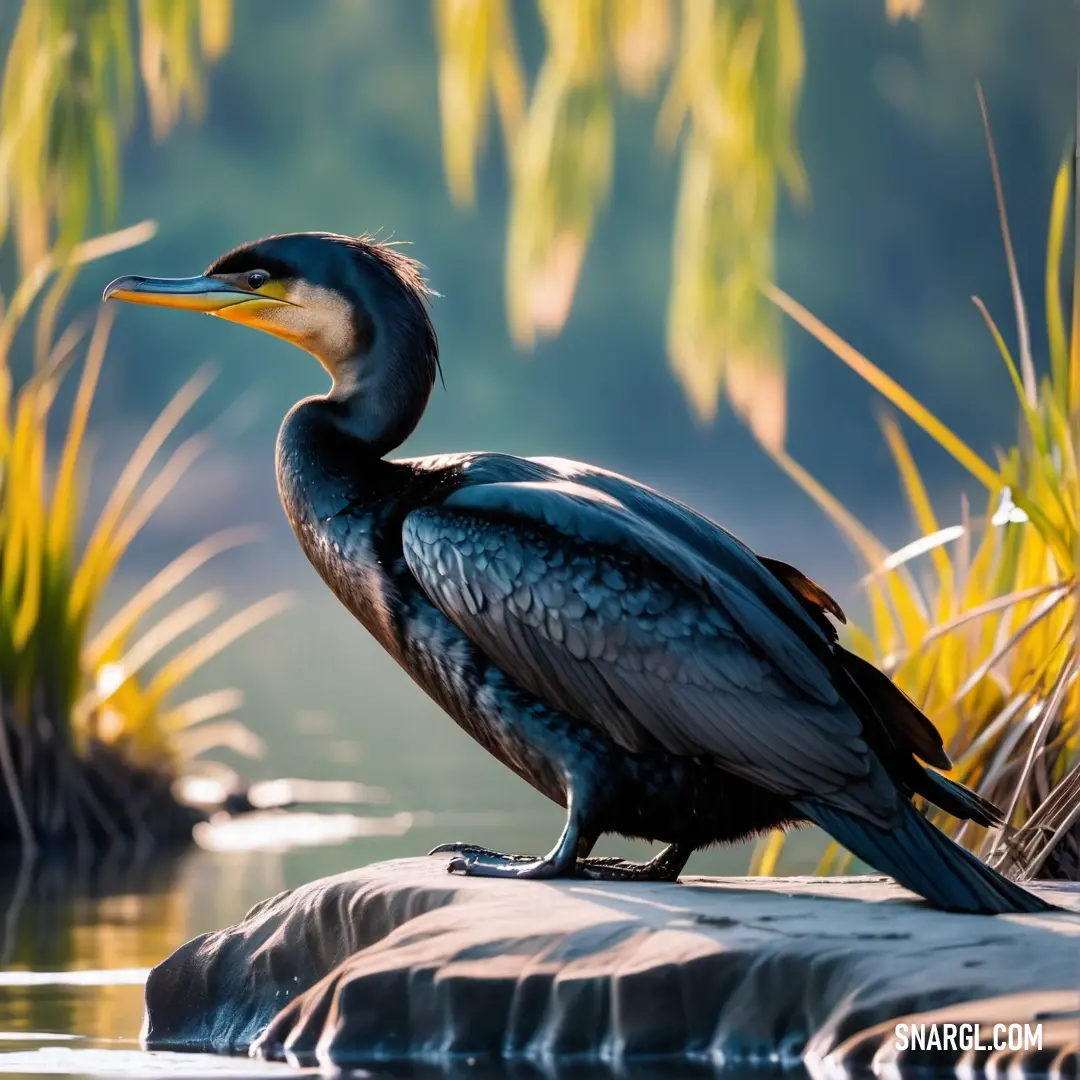
A lone cormorant rests on a rock in the water, surrounded by the quiet beauty of grass and aquatic plants, capturing the tranquility of nature at its finest.
Intrigued by the promise of such an extraordinary discovery, Atlas and Murphy decided to investigate. Their journey began at the heart of the fairgrounds, where they discovered an old, forgotten map tucked away in a dusty corner of the fair's archives. The map depicted a series of enchanting landmarks - twisting rivers, ancient trees, and a moonlit grove.
With the map in hand and hearts full of excitement, Atlas and Murphy set off into the twilight. The map led them through lush forests and over sparkling streams, with Murphy gracefully gliding beside Atlas, his feathers glinting in the moonlight.
Their adventure led them to the Moonlit Grove, a place of ethereal beauty where the trees shimmered like silver and the air was filled with a soft, melodic hum. At the center of the grove stood a majestic, ancient oak tree with a swing hanging from its branches - a swing that seemed to glow with a gentle, otherworldly light.
Atlas and Murphy approached the swing with a sense of wonder. The swing was crafted from woven vines and adorned with delicate flowers that seemed to pulse with a soft luminescence. As Murphy perched on the swing, a gentle breeze caused it to sway, creating a harmonious melody that filled the grove.
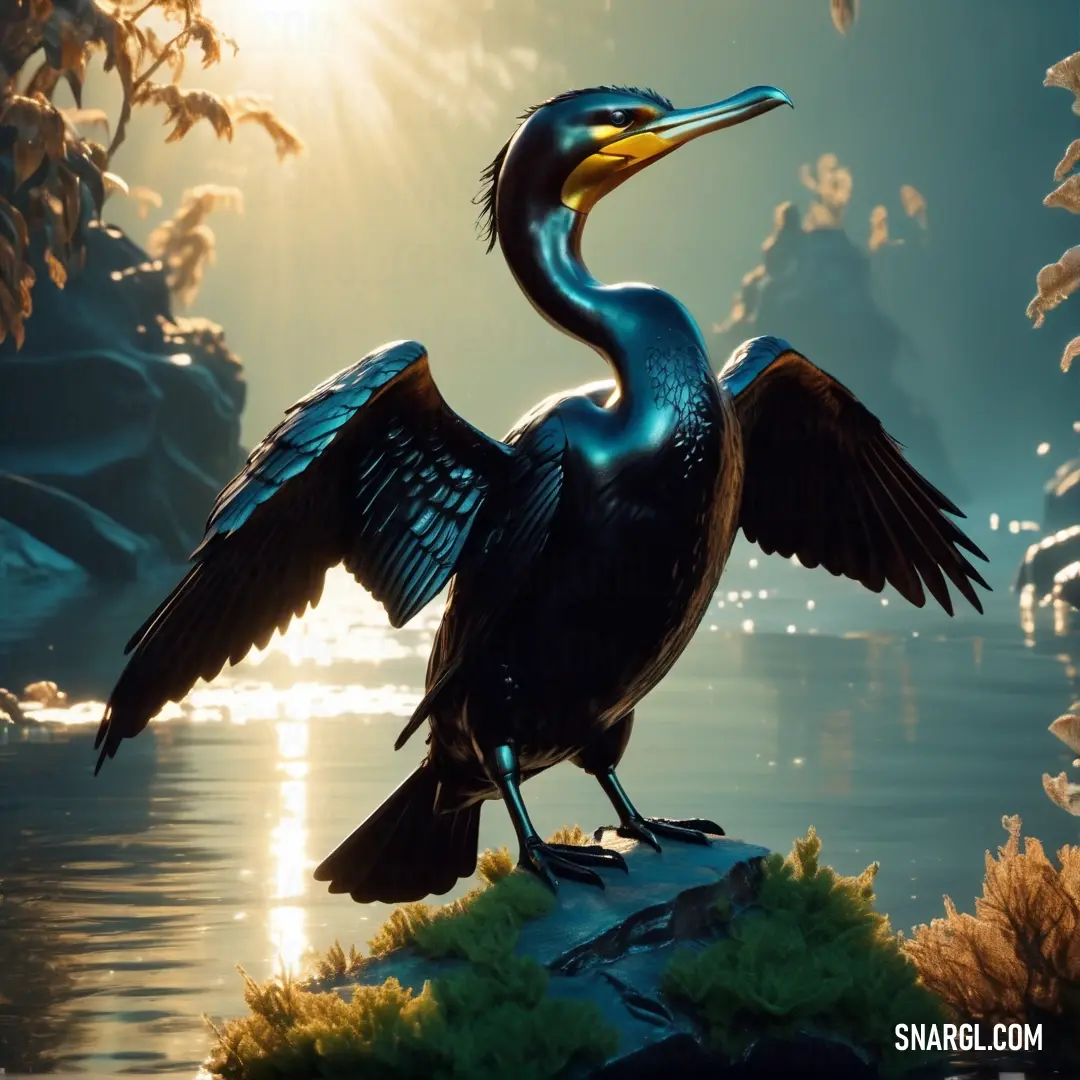
The cormorant’s outstretched wings catch the sun’s rays as it stands confidently on the rock, creating a dramatic contrast with the sparkling water below.
As Murphy settled onto the swing, he began to emit a melodious song that resonated with the magical energy of the swing. The grove was suddenly bathed in a soft, golden glow, and the air was filled with the scent of blooming flowers. Atlas watched in awe as Murphy's song and the swing's magic intertwined, creating a breathtaking display of light and sound.
The enchantment of the swing was undeniable. Murphy's song grew more beautiful with each passing moment, and the swing seemed to respond to his melody, swirling and shimmering in a captivating dance. Atlas, moved by the scene, felt a deep sense of connection and joy.
As the night deepened, the magic of the swing enveloped the entire grove, creating a serene and romantic atmosphere. Atlas and Murphy basked in the enchantment, their hearts full of gratitude and wonder. The swing, with its supernatural charm, had not only fulfilled its promise of joy but had also brought them closer together in a shared moment of beauty and harmony.
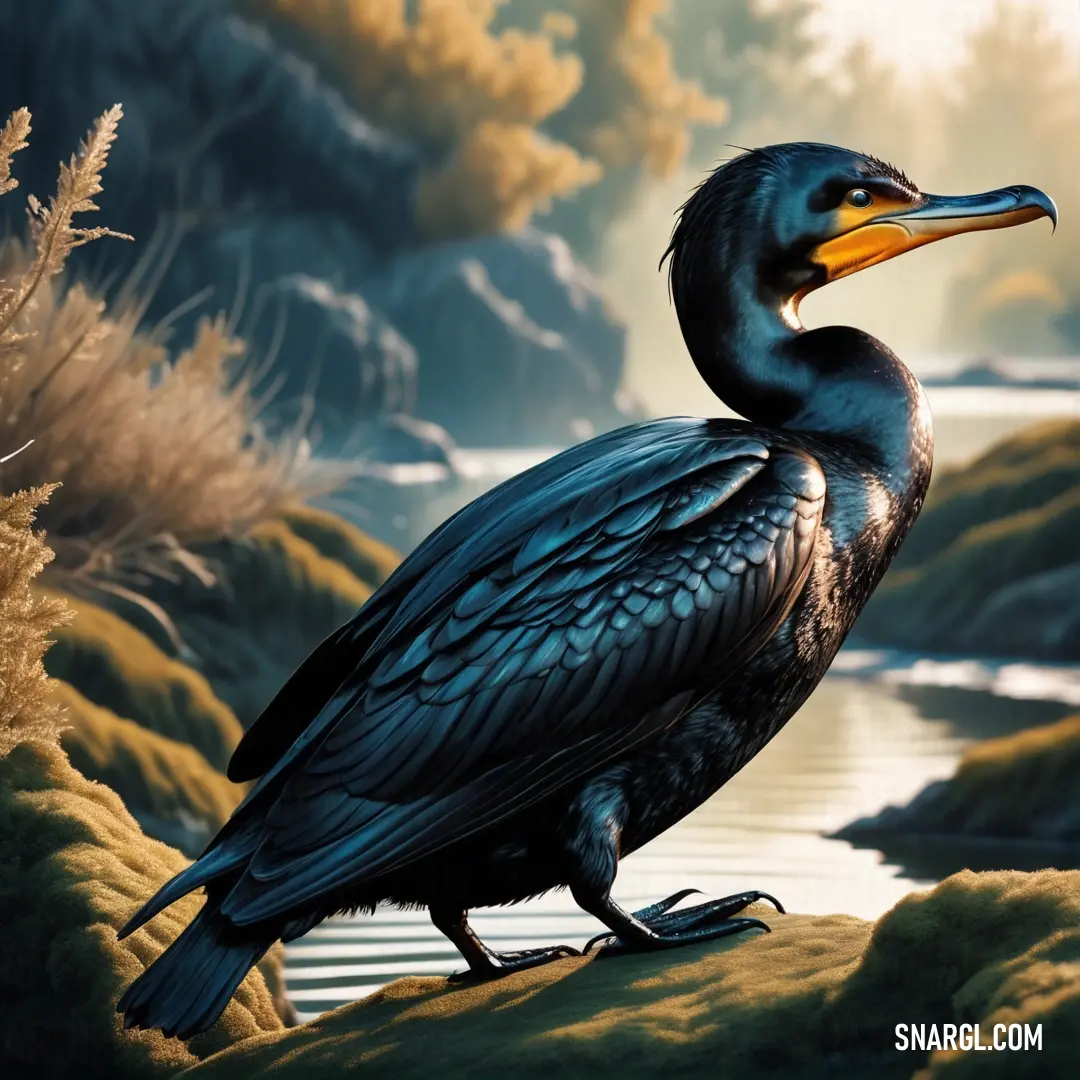
The cormorant holds a smaller bird firmly in its beak, while perched upon a rock by the water’s edge in a tranquil, yet striking, natural scene.
With the first light of dawn, the enchantment began to fade, but the memory of the night remained etched in their hearts. Atlas and Murphy returned to Luminara, carrying with them the magic of the swing and the joy it had brought.
The tale of the Enchanted Bird Swing became a cherished story in Luminara, celebrated for its romance and the extraordinary bond it had revealed. Atlas and Murphy were hailed as the heroes who had restored the swing's magic and brought a touch of enchantment back to their world.
And so, the legend of the Enchanted Bird Swing lived on, a romantic reminder that sometimes, the most magical adventures are those that bring us closer to the wonders of nature and the harmonious melodies that connect us all.

